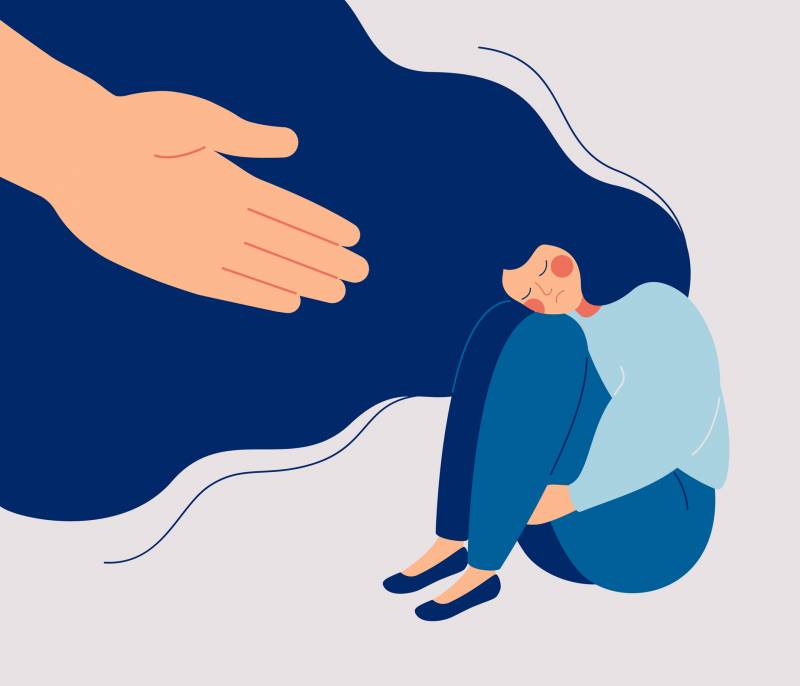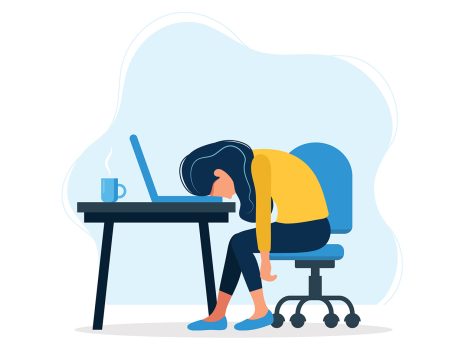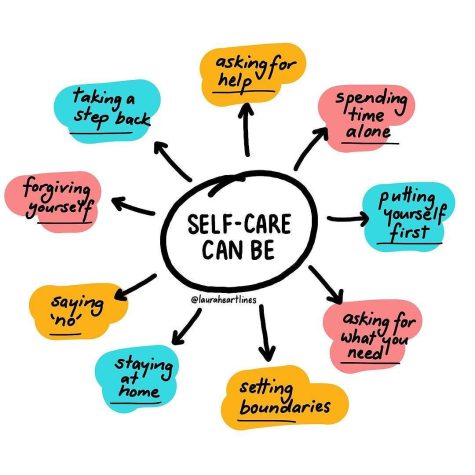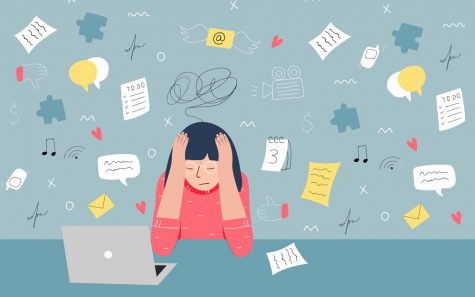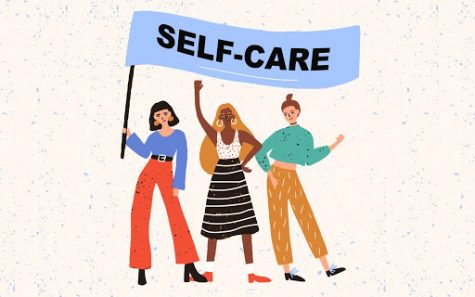Mental Health During the Pandemic
Mental health has grown to be a bigger issue in today’s society, especially in terms of clinical depression and anxiety disorders. While COVID-19 has affected the physical health of many, it has also separated millions of people, leading to common feelings of isolation, worry, and melancholy. The various factors and aspects of our new normal have only produced higher mental health disorder rates, specifically in the U.S. One of the main and most widespread disorders is clinical depression. So what’s going on behind the scenes? Why does depression happen? What, if anything, can we do for mental health?
There’s no doubt that mental health has become an increasingly alarming issue during the pandemic. A recent report by CDC states that in late June, 40.9% of U.S. adults reported struggling with mental health or substance abuse, with 30.9% having symptoms of anxiety or depression. The reported frequency of symptoms of anxiety was about three times more than those in 2019. The most recognizable reason as to why more people have mental health disorders now is the lack of in-person social interaction.
First of all, because many schools are restricted to online learning, students don’t get the same type of social experience that they would get in normal circumstances. Children and teenagers aren’t the only ones missing out. Adults can also feel extremely isolated from the world, especially if they live alone. Feelings of isolation and loneliness are directly associated with mental health. Studies show that social isolation results in anxious, depressed, aggressive, and passive behaviors.
Second, the added pressure of staying healthy and being more cautious in addition to the fear and uncertainty of COVID-19 can cause anxiety. Third, many adults working at home can be stressed about taking care of family needs.
Lastly, social distancing is linked to a lack of motivation, more specifically for students. In a survey from the Student Experience in the Research University Consortium, 76% of undergraduates identified a lack of motivation for online learning and 56% of graduate and professional students felt the same way. A lack of motivation can lead to procrastination or not getting work done at all, which only causes more anxiety or depression. Overall, the current conditions have exacerbated the already large problem in mental health.
Let’s focus on one of the most common mental illnesses, with 6.9% of Americans living with it: depression. As Sigmund Freud described it in his book, Mourning and Melancholia, the most distinct factor of depression is “an extraordinary diminution in his self-regard, an impoverishment of his ego on a grand scale.” It is the condition in which a person believes that they are “worthless, incapable of any achievement and morally despicable” (Freud 246). This is usually because of a persistent sadness due to a loss of something within a person. Symptoms of depression include changes in appetite or sleep patterns, difficulty concentrating, diminished view of one’s self, low energy, and weight loss.
So how can we help ourselves and others cope with the negative feelings of the current situation? As mentioned before, a deficiency in conditions that satisfy our social needs is one of the main contributors to mental illnesses. Although there are a variety of ways to contact and keep in touch with friends and family, one of the main ones being social media, participating in these can often not help at all or make one feel more lonesome.
It is evident that a significant amount of people have turned to technology, specifically social media, to ease their distress and connect with others. According to Kepios, this past year, more than 450 million people started using social media for the first time since 2019, and more than 180 million people became new social media users between July and September 2020. However, a study by Guilford Press found that limiting social media actually reduces loneliness and depression. So instead of spending time on our phones, encouraging ourselves and others to try new things will be very beneficial. Of course, socializing over platforms such as Facetime or Discord helps keep people connected, but too much of it can be detrimental.
Something else we should focus on is maintaining a positive attitude. It’s alright to stay informed on the current issues of our world, but excessively obsessing over everything can be emotionally draining and stressful. In addition, checking in on friends to talk about how they feel can be helpful. Most of the time, it’s difficult to tell if someone has depression or anxiety, but having a conversation with someone can go a long way.
The first step in healing is to recognize how you’re feeling. Then, take the time to understand that it’s totally okay to not be okay. If it’s someone else, then make sure they know that they’re not alone. Remember that depression, anxiety, or any mental disorder is an illness, so there’s no reason to believe that by asking for help you are being a burden. If someone has a broken arm, they are entitled to help as should anyone with a mental illness. Know that you do not need to be “fixed.”
After that, continue to maintain a connection with someone because being heard is important. Uplift and inspire each other. Staying connected and working together is key to getting through these difficult times.

Grade: 12
Years on Staff: 4
Why are you writing for the Flintridge Press?
I enjoy writing and sharing important stories with the Prep community....

